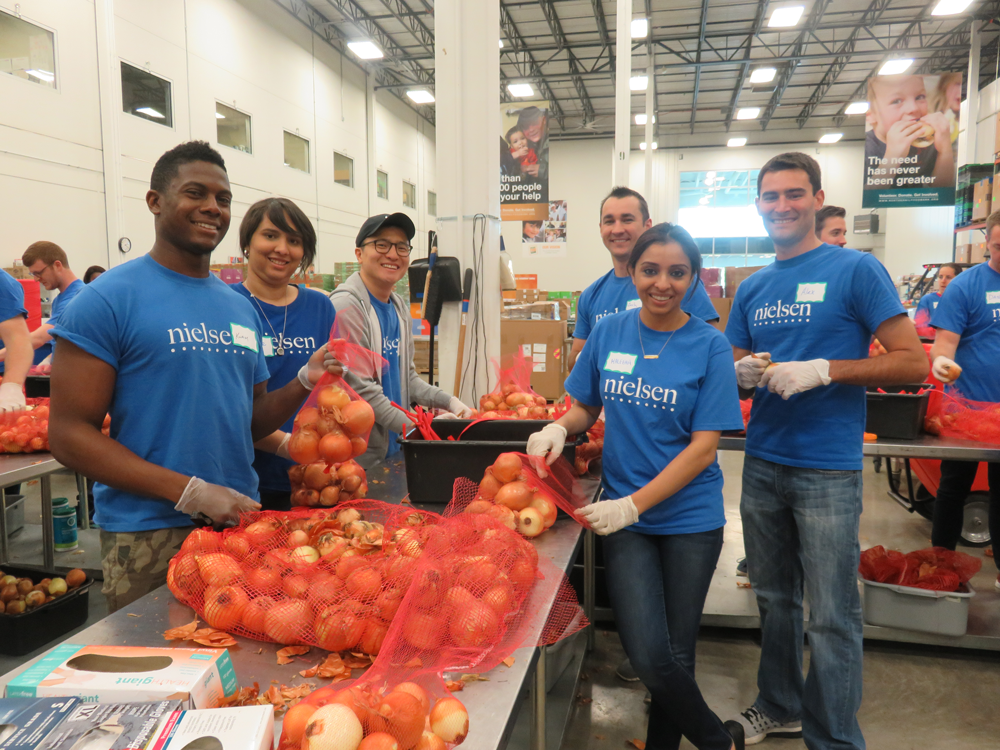
This fall’s hurricanes have wreaked havoc in the service areas of 26 Feeding America® food banks in five states. Historic flooding, power outages, and collapsing infrastructure have devastated communities. In addition, according to Map the Meal Gap 2017, a study published by Feeding America earlier this year that uses Nielsen data, these communities already had some of the highest populations of food insecure individuals before the hurricanes.
Since 2010, Nielsen has shared food pricing information for Map the Meal Gap, an annual study that provides estimates of food insecurity and child food insecurity at both the county and congressional district levels. This data helps Feeding America address food insecurity through its nationwide network of food banks and provide much-needed support for millions of low-income Americans. Feeding America publishes its Map the Meal Gap findings to help food banks and advocates understand the challenges facing food-insecure families in their communities, as well as better communicate the level of need. Throughout the year, Nielsen volunteers also engage with Feeding America and its network of food banks through both hands-on and skills-based volunteering.
Map the Meal Gap 2017 shows that Harris County (Houston, Texas) has the second highest number of food insecure individuals overall across all U.S. counties and the second highest number of food insecure children as well. Nearly three quarters of a million people face hunger in Houston. Broward County and Miami-Dade County in Florida also are among the top 20 counties with the highest number of food insecure people. The total number of people facing hunger in these three counties, prior to Hurricanes Harvey and Irma, is more than 1.2 million.
“Feeding America food banks are embedded into the communities they serve, providing food and nourishment to people in need,” said Erin McDonald, VP, Center for Research & Learning at Feeding America. “The Map the Meal Gap data demonstrates the enormity of the problem our food banks in those areas faced prior to the hurricanes, which have compounded the problem. Oftentimes, it is the people who already were struggling who have the hardest time recovering from a natural disaster.”
In addition to quantifying food insecurity, Map the Meal Gap estimates the cost of an average meal in each county in the nation based on data provided by Nielsen. According to the 2017 report, Monroe County, Fla., has an average meal cost of $3.99, more than $1.00 higher than the $2.94 national average.
“County-level food insecurity data allows us all to understand where people are most vulnerable—especially when they are impacted by natural disasters,” said Crystal Barnes, SVP of Global Responsibility & Sustainability at Nielsen. “We’ve been honored to support Map the Meal Gap with data through Nielsen Cares, our pro bono and employee volunteering program, since the beginning of the study and will continue to look for ways that our data and employee volunteer time can help close the food insecurity gap for good.”
As hurricane-ravaged communities begin their rebuilding process, this information allows food banks and anti-hunger advocates to better understand and communicate the level of need and the challenges facing food-insecure families in their communities.
This post was adapted from a press release originally published by Feeding America.


